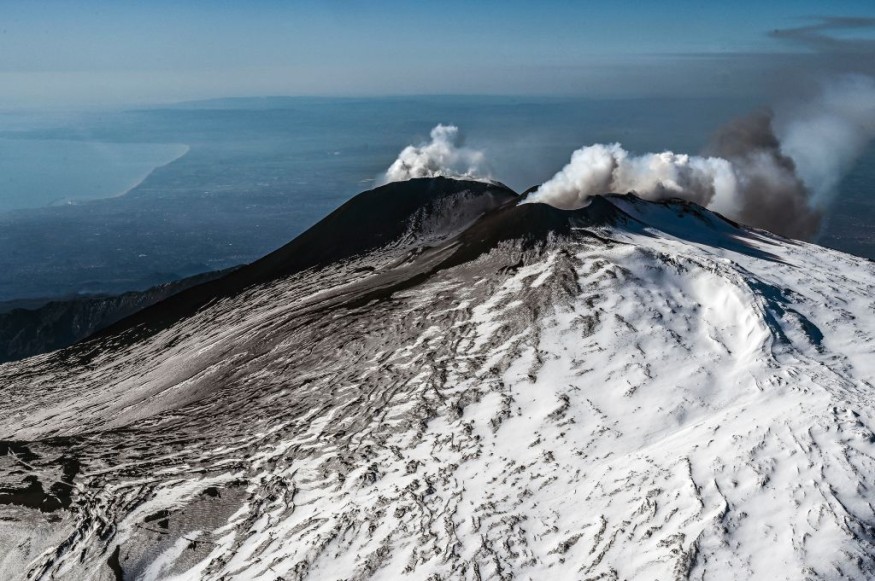With its location upon a supervolcano, one could only imagine the social media firestorm when Yellowstone officially announced that it has recorded 72 earthquakes within the last month.
Pseudoscience commenters on social media have long been pushing the narrative that the Yellowstone Caldera is long overdue for an eruption. The reality though is that these are very minor quakes that cannot even be felt by people living in the area.
Facts VS Fiction on Yellowstone supervolcano
The recent hype has once again demonstrated the internet's double-edged capacity to spread both information and misinformation. It has reached the point that even the park's own qualified volcanologists have taken a stand, publishing their own videos to counteract the social media circus.
Here is just a quick list of just some of the facts counteracting the fiction:

Fiction: Yellowstone erupts every 650,000 years
Fact: Predicting eruptions is still impossible (even in 2021).
Predicting when a volcano erupts is practically impossible. At bare minimum, doing so would require geologists to have instruments that can tunnel far down into where the magma is and somehow measure pressure that could indicate its rise up into the crust. Even now, such a proposition is beyond current technology.
The best way has still been the study of remaining ash and mineral deposits in other dormant volcanoes and taking the best guess. One can certainly try and see if there is an 'average' rate of eruption in areas like Yellowstone, but there are still many other factors to consider.
Fiction: So many earthquakes suddenly happened in Yellowstone
Fact: Earthquakes and eruptions have tricky relationships.
Many Twitter posters would often throw large numbers as if to alarm readers (such as Yellowstone having more than 1700 earthquakes in 2020). However, the truth is that only three or four of the quakes have actually been powerful enough to be physically felt.
The rest are smaller, more isolated little shake ups that occur in different regions of the park (which is actually very common). Some of these may not even be close to the center of the Yellowstone Caldera. To suggest that all of these are building up to an eruption is quite a stretch.
Fiction: The eruption will kill billions.
Fact: There is not enough magma for that to happen.
The eruption of a supervolcano is no joke. Studies on the remains of past supervolcanoes have shown that these events could release enough sulfurous dust into the atmosphere to drastically alter the surrounding climate. Meanwhile, the amount of magma it releases can radically transform the entire landscape (just like how they transformed Yellowstone into what it is today).
Still, that by itself is just more proof that the next major eruption is not going to be anytime soon. The most recent measurements have found that there is hardly enough magma beneath the calderas to initiate that event any time soon.
Verdict: Yellowstone supervolcano not a 2020 apocalypse
If there was one thing that did rise up, it was the number of apocalyptic predictions that echoed all across social media last year. Between COVID conspiracy theories and political scandals, a great number of scientific falsehoods gained even greater traction. It is little surprise that doomsday ideas about the Yellowstone supervolcano would once re-emerge.
© 2025 NatureWorldNews.com All rights reserved. Do not reproduce without permission.





